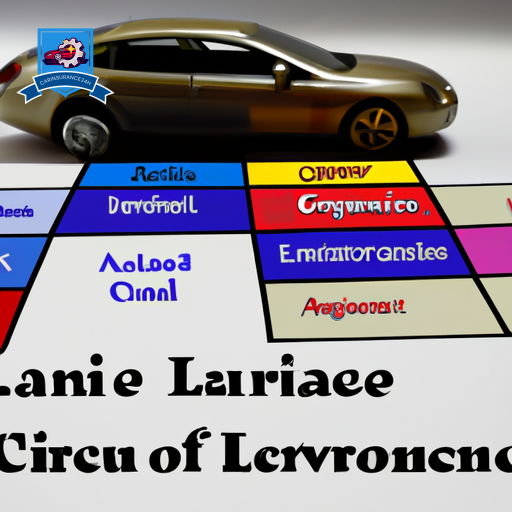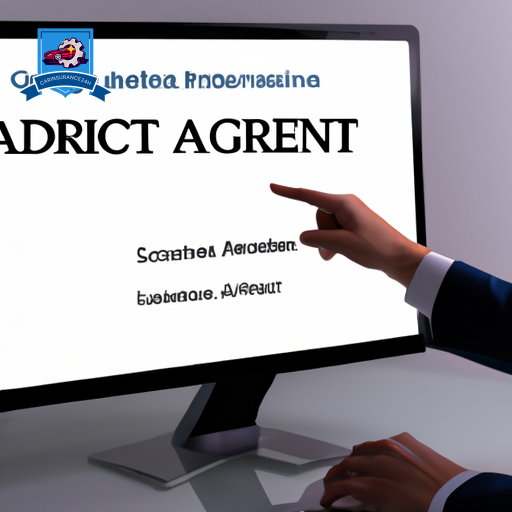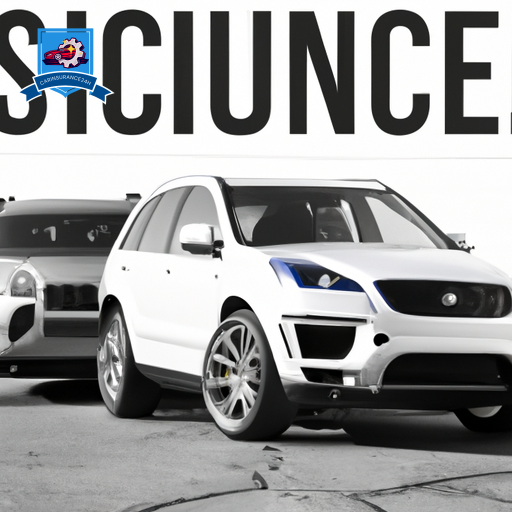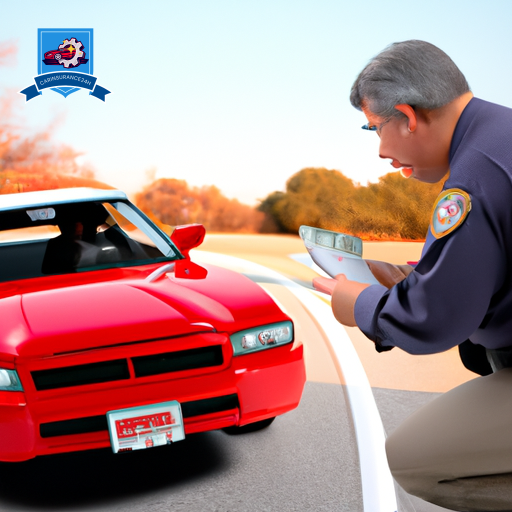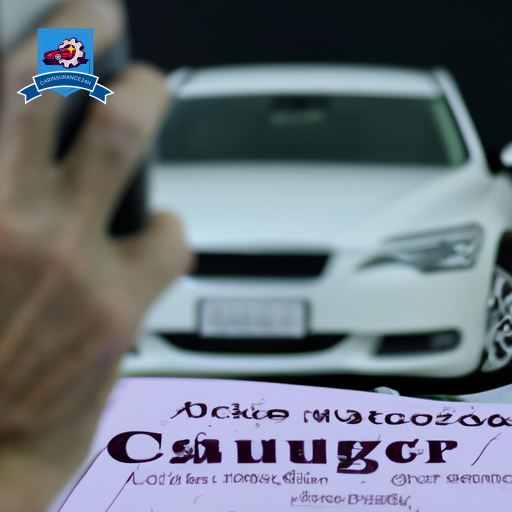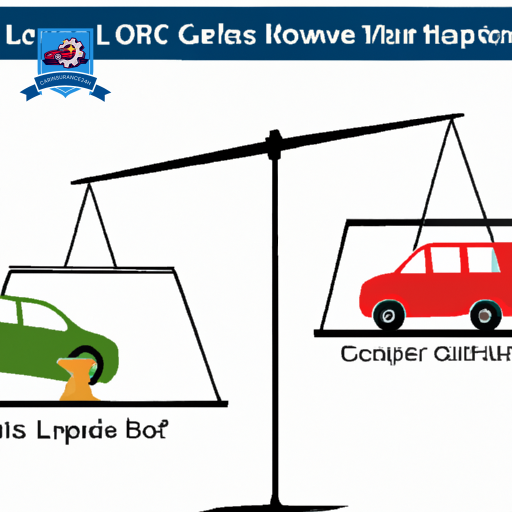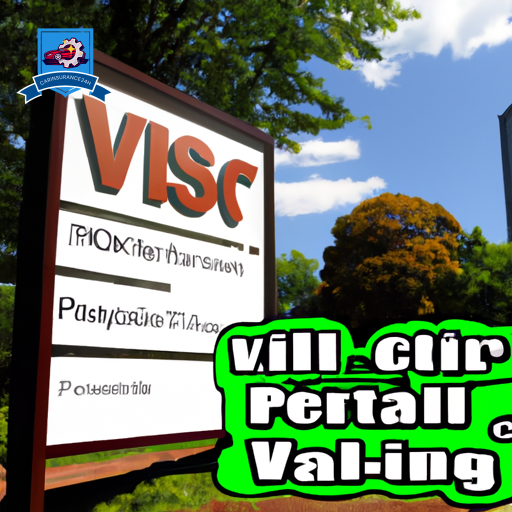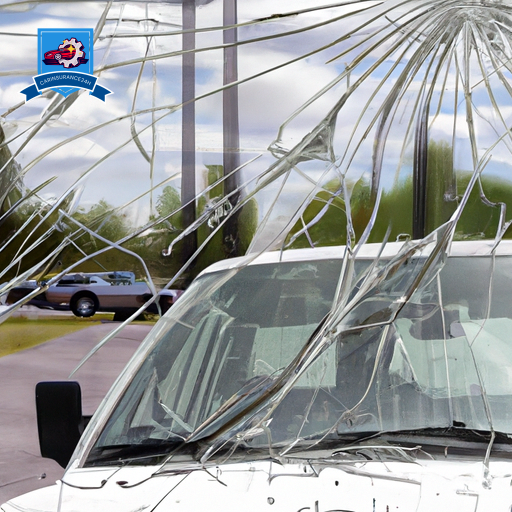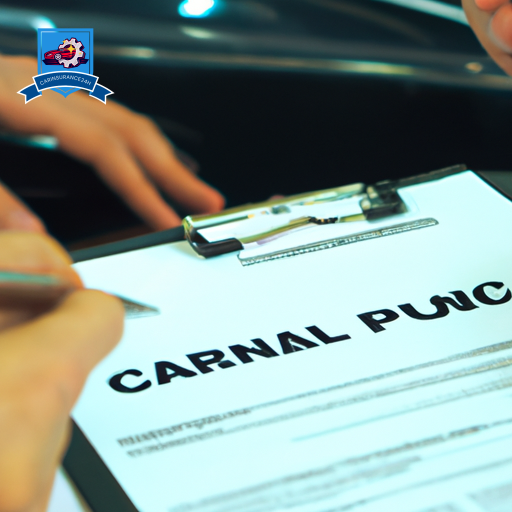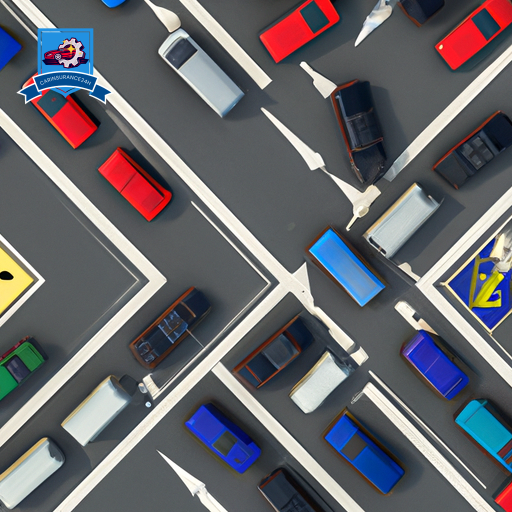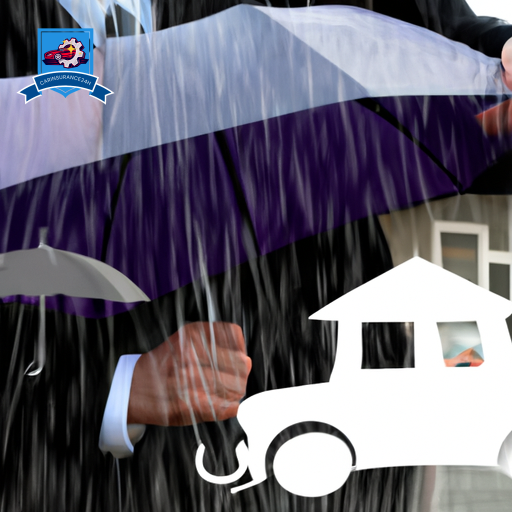In the unfortunate event of a hit-and-run accident, understanding what your liability car insurance covers is essential. Liability insurance typically helps cover costs related to property damage and bodily injury caused by you in an accident.
However, when dealing with a hit-and-run scenario, the situation can become more complicated. Questions arise regarding coverage for your own vehicle, medical expenses, and legal recourse.
Knowing the extent of your policy’s protection in such cases can provide clarity and potentially save you from unexpected financial burdens.
Liability Car Insurance Basics
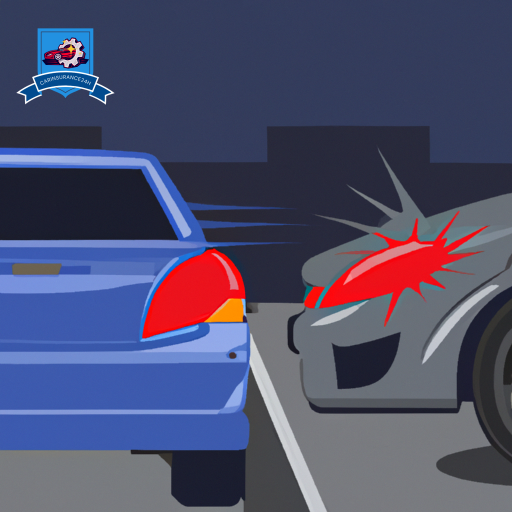
When considering liability car insurance basics, it is essential to understand the fundamental coverage provided and the legal requirements associated with this type of insurance. Liability coverage is designed to protect you financially if you are found at fault in an accident. It typically includes two main components: bodily injury liability and property damage liability. Bodily injury liability covers the medical expenses, lost wages, and legal fees of the other party involved in the accident if you are deemed responsible. Property damage liability, on the other hand, covers the repair or replacement costs of the other party’s vehicle or property.
Insurance limits refer to the maximum amount your insurance company will pay for covered claims. These limits are usually expressed as three numbers, such as 50/100/50. The first number represents the maximum amount in thousands of dollars that the insurance will pay for bodily injury per person, the second number is the maximum amount for bodily injury per accident, and the third number is the maximum amount for property damage per accident. It’s important to select liability insurance limits that adequately protect your assets and financial well-being in the event of a serious accident.
Understanding liability coverage and insurance limits is important for ensuring you have adequate protection while meeting the legal requirements in your state. Be sure to review your policy carefully and consider consulting with an insurance agent to determine the best coverage levels for your individual needs.
Coverage for Property Damage

Understanding the nuances of coverage for property damage is imperative for individuals seeking comprehensive protection through their liability car insurance policy. In the unfortunate event of a hit-and-run accident where the at-fault driver flees the scene, coverage for property damage can be essential in ensuring that the affected party receives compensation for the harm caused to their vehicle or other property.
Liability car insurance typically includes coverage for property damage caused by the policyholder to another party. However, in the context of a hit-and-run accident, where the responsible driver cannot be identified or is uninsured, things can become more complex. In such cases, uninsured motorist property damage coverage may come into play. This coverage is designed to compensate for property damage caused by uninsured or underinsured drivers, including those involved in hit-and-run incidents.
When a hit-and-run accident occurs, and the at-fault driver is untraceable, uninsured motorist property damage coverage can help cover the costs of repairing or replacing the damaged property. This additional coverage provides a layer of financial protection for the policyholder in situations where the negligent driver cannot be held accountable.
Coverage for Bodily Injury
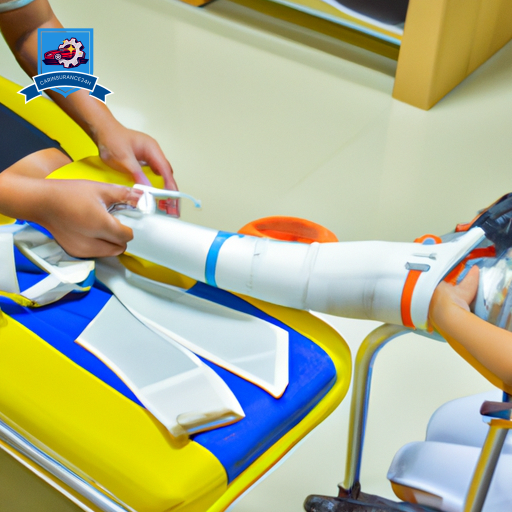
Coverage for bodily injury under liability car insurance is an essential component that provides financial protection for injuries sustained by individuals as a result of an accident involving the policyholder’s vehicle. In the unfortunate event of a hit-and-run accident where the responsible party cannot be identified, this coverage becomes vital for the victims. Personal injury resulting from a hit-and-run can range from minor cuts and bruises to severe trauma requiring extensive medical treatment.
Liability car insurance typically covers medical expenses for bodily injuries sustained by the driver and passengers in the policyholder’s vehicle, as well as injuries inflicted upon other parties involved in the accident. This coverage extends to a broad spectrum of medical costs, including hospital bills, rehabilitation expenses, and even compensation for lost wages due to the injuries.
In hit-and-run accidents, where the at-fault driver flees the scene and is unidentifiable, victims may still be able to seek coverage for their bodily injuries under their own insurance policy’s uninsured motorist provision. However, the specifics of coverage can vary depending on the policy terms and the laws of the state in which the incident occurs.
Uninsured Motorist Coverage
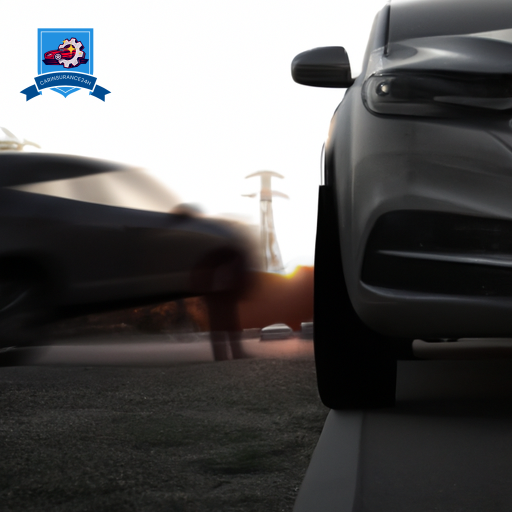
Uninsured motorist coverage is a crucial component of auto insurance policies designed to protect policyholders in the event of accidents involving drivers who do not have insurance or in hit-and-run scenarios. This type of coverage steps in to provide compensation for medical expenses, lost wages, and other damages that the uninsured driver would typically be responsible for.
Uninsured Motorist Coverage Table
| Coverage | Description |
|---|---|
| Bodily Injury (BI) | Covers medical expenses, lost wages, and pain and suffering for injuries. |
| Property Damage (PD) | Pays for repairs to your vehicle or property damaged in an accident. |
| Uninsured Motorist (UM) | Protects you if you’re in an accident with an uninsured or hit-and-run driver. |
| Underinsured Motorist (UIM) | Steps in when the at-fault driver’s insurance is insufficient to cover damages. |
| Medical Payments (MedPay) | Covers medical expenses regardless of fault in the accident. |
Compensation eligibility under uninsured motorist coverage is typically straightforward. If you are involved in a hit-and-run accident or a collision with an uninsured driver, you can file a claim with your own insurance company under this coverage. It is essential to report the accident promptly and cooperate with your insurer to make sure a smooth claims process. In some cases, there may be legal ramifications for the uninsured or hit-and-run driver, but these may not always result in adequate compensation for your damages.
Legal Options and Considerations
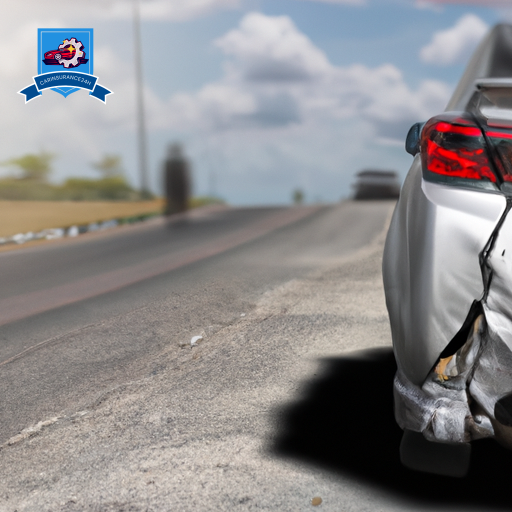
In the aftermath of a hit-and-run accident, maneuvering the legal landscape requires a strategic approach to guarantee adequate protection and potential recourse. When faced with the complexities of a hit-and-run incident, understanding the legal options and considerations becomes paramount to make sure the best possible outcome. Here are key points to ponder:
-
Legal Representation: Seeking legal representation after a hit-and-run accident can greatly impact the outcome of any potential claims. A skilled attorney specializing in personal injury and traffic law can navigate the legal processes, negotiate with insurance companies, and represent your interests in court if necessary.
-
Compensation Options: Exploring compensation options is vital in hit-and-run cases where the at-fault driver is unidentified or lacks insurance. Your own insurance policy’s uninsured motorist coverage may provide compensation for medical expenses, lost wages, and vehicle repairs. Additionally, pursuing compensation through other avenues like victim compensation programs or civil lawsuits may also be viable options.
-
Timely Action: Acting swiftly is essential in hit-and-run situations. Reporting the incident to the police, gathering evidence such as witness statements and photographs, and seeking medical attention promptly not only strengthen your case but also make sure compliance with legal requirements and deadlines.
Frequently Asked Questions
How Does the Deductible for Liability Car Insurance Work in a Hit-And-Run Accident?
Understanding deductibles for liability car insurance in a hit-and-run accident is vital. The deductible represents the amount an insured individual must pay out of pocket before the insurance coverage kicks in.
In this scenario, the deductible applies to the property damage or bodily injury caused by the hit-and-run. Reimbursement options may vary based on the policy terms, so it’s essential to review your insurance policy to fully comprehend your coverage in such situations.
Will a Hit-And-Run Accident Impact My Insurance Rates Even if I Am Not at Fault?
In the event of a hit-and-run accident where you are not at fault, the insurance implications may vary. While your rates may not increase directly due to the accident, some insurers may still consider the incident when evaluating risk.
However, if you have uninsured motorist coverage, you may be able to file a claim through that policy for compensation. The claim process will involve proving fault and providing necessary documentation for reimbursement.
Is There a Limit to the Amount of Coverage Provided by Liability Insurance for Hit-And-Run Accidents?
Liability insurance typically has coverage limits that apply to various scenarios, including hit-and-run accidents. When involved in such an incident, the claims process for liability coverage will be initiated, but the amount of coverage available may be subject to the policy’s limits.
It’s important for policyholders to review their insurance terms to understand the extent of protection offered in hit-and-run situations. Consulting with the insurance provider can also provide clarity on coverage limits.
Can I Choose to Add Additional Coverage for Hit-And-Run Accidents to My Liability Insurance Policy?
When considering coverage options for hit-and-run accidents, it’s important to know that additional coverage can be available beyond basic liability insurance.
Policyholders can choose to add specific provisions for hit-and-run incidents, such as uninsured motorist coverage or personal injury protection.
These additional coverage options can provide added financial protection in the event of a hit-and-run accident, offering peace of mind and increased security for drivers.
What Should I Do if the Hit-And-Run Driver Is Never Found or Identified?
If the hit-and-run driver remains unidentified, legal options may include:
- Filing a police report
- Reaching out to witnesses
- Hiring a private investigator
Compensation options may involve:
- Utilizing uninsured motorist coverage
- Seeking restitution through civil court
- Exploring victim compensation programs
It is essential to act swiftly, gather as much evidence as possible, and consult with legal professionals to navigate the complexities of the situation effectively.
Conclusion
To sum up, liability car insurance provides coverage for property damage and bodily injury in a hit-and-run accident. It also includes uninsured motorist coverage to protect against situations where the at-fault driver is not identified or does not have insurance. Understanding the legal options and considerations involved in such accidents is vital for ensuring proper compensation.
Symbolically, liability car insurance acts as a shield, protecting drivers from the unexpected dangers of the road.



